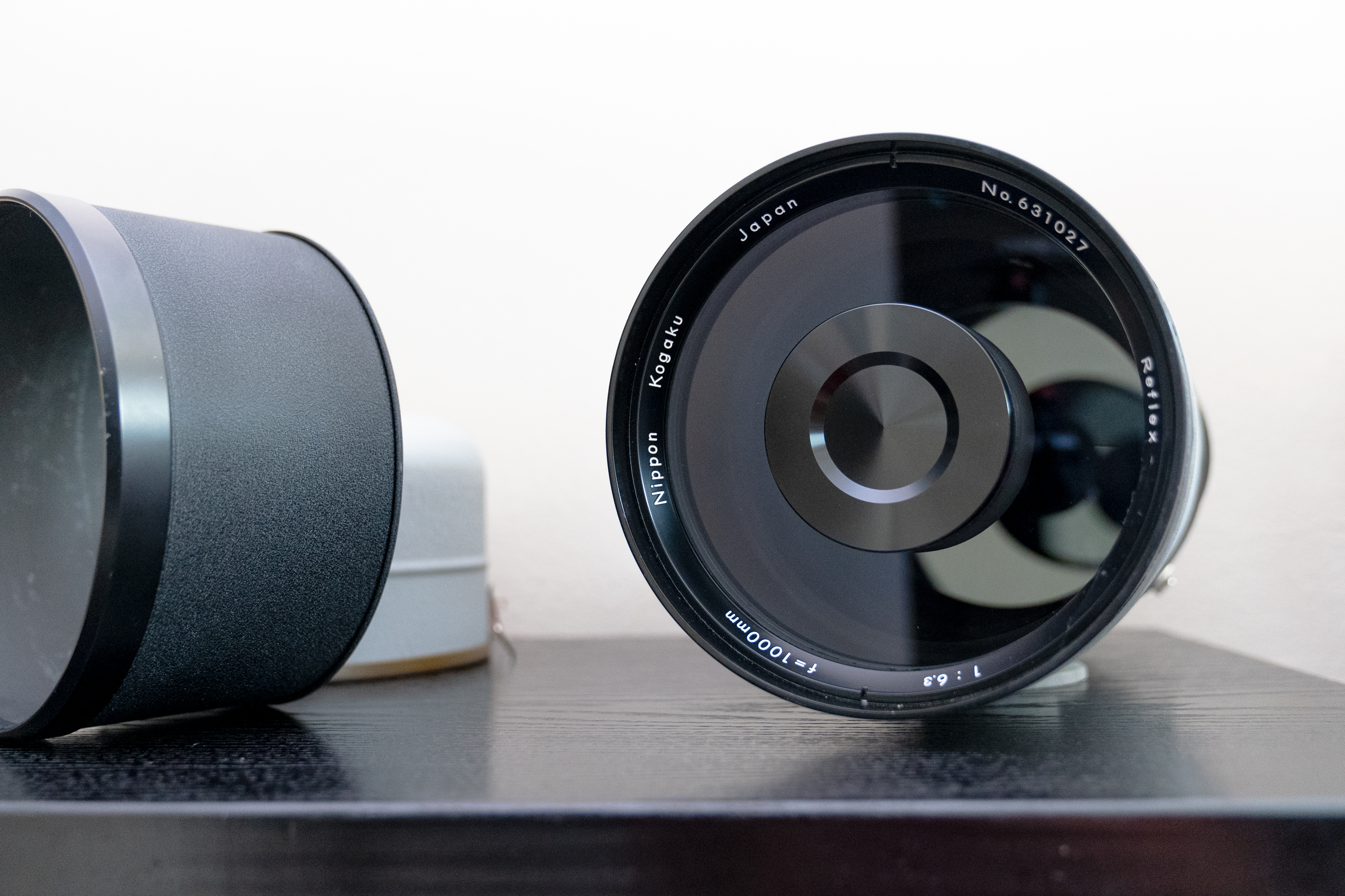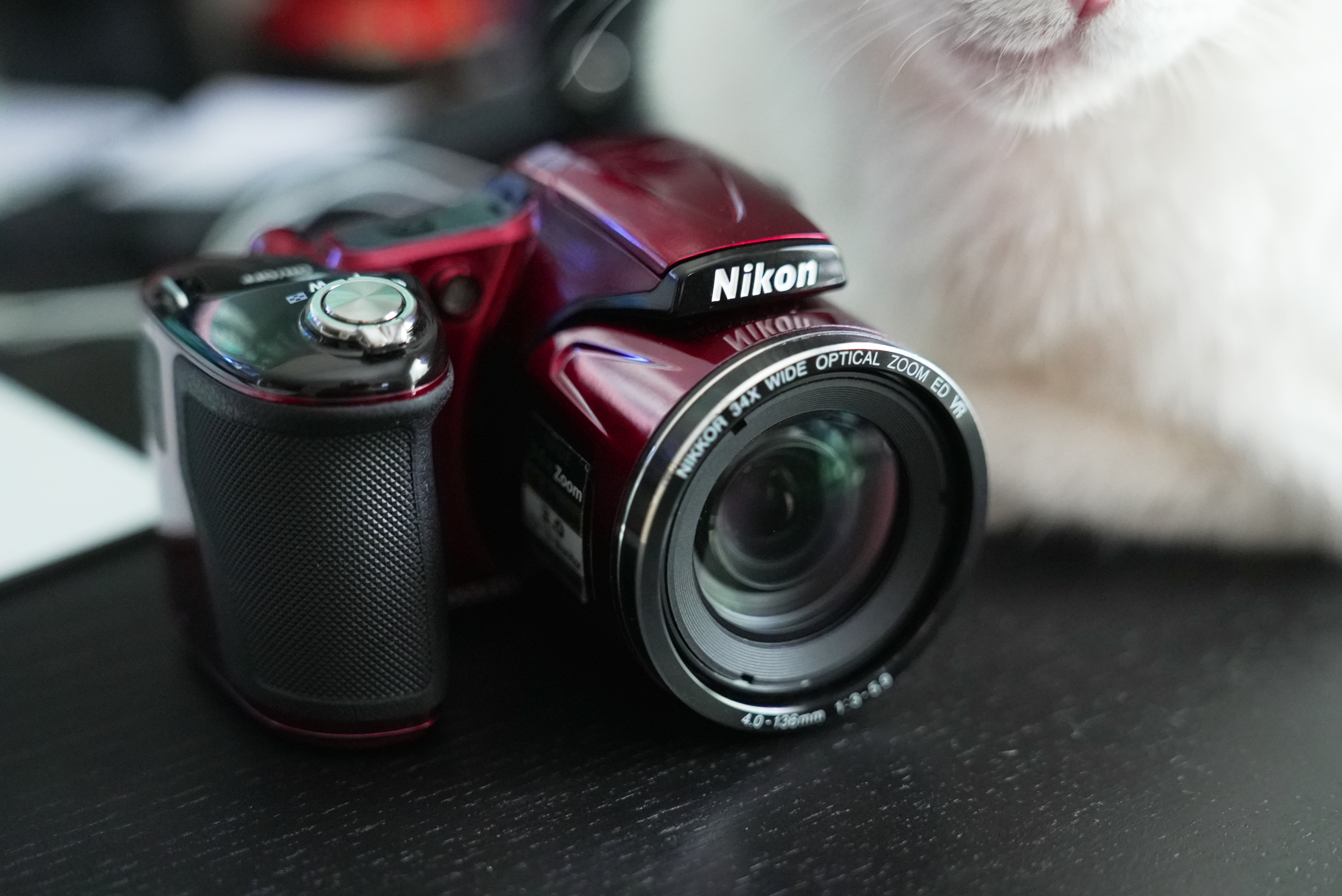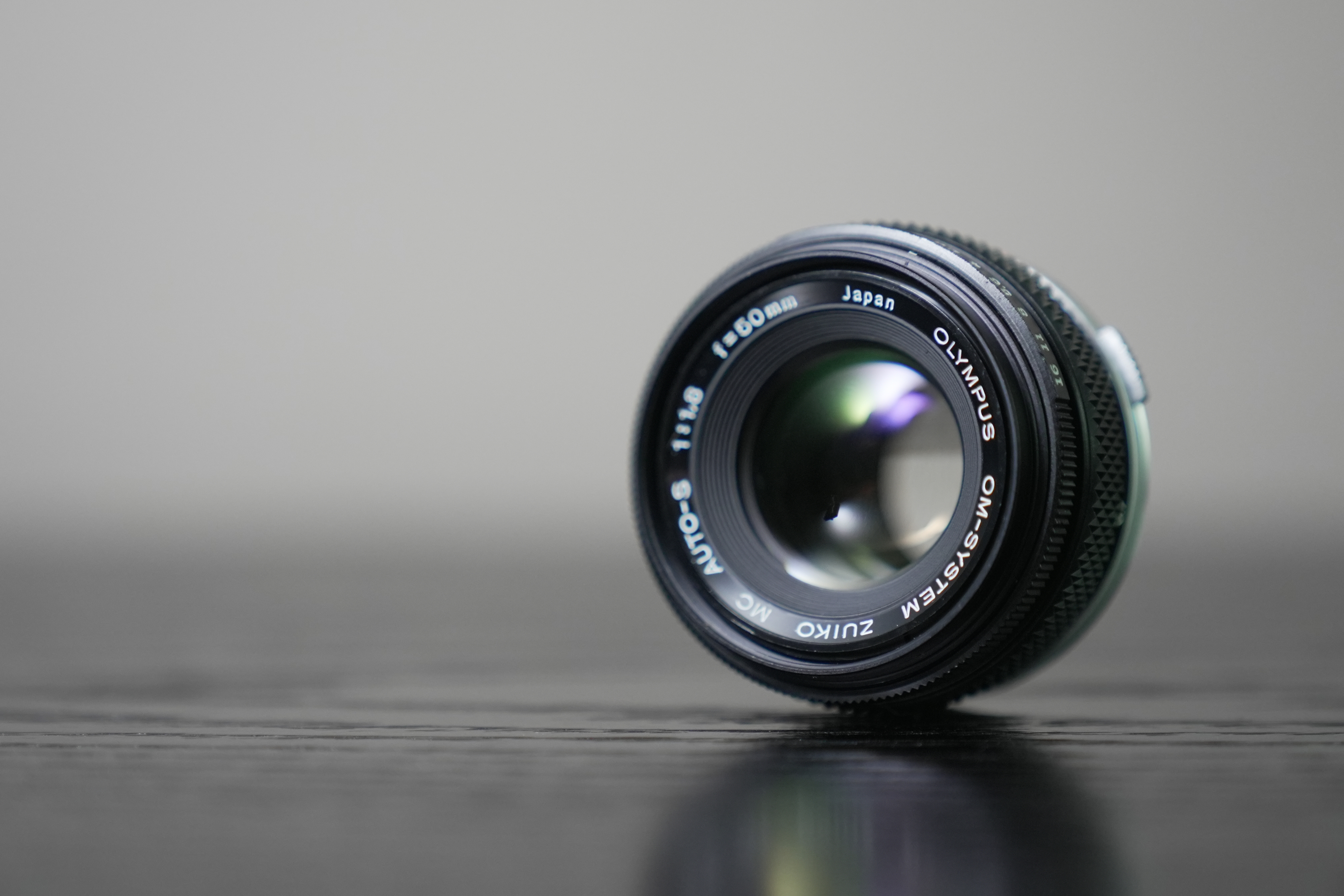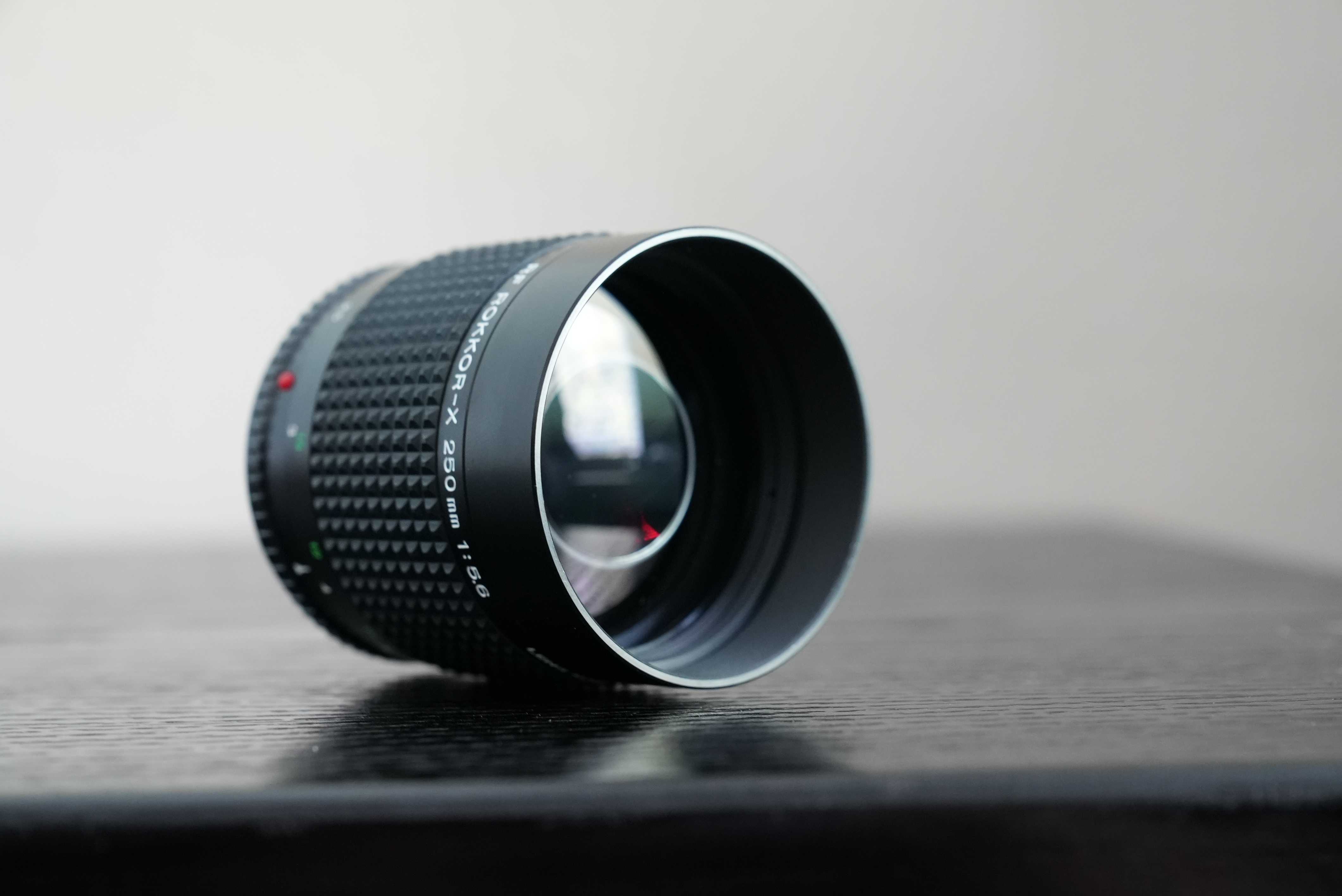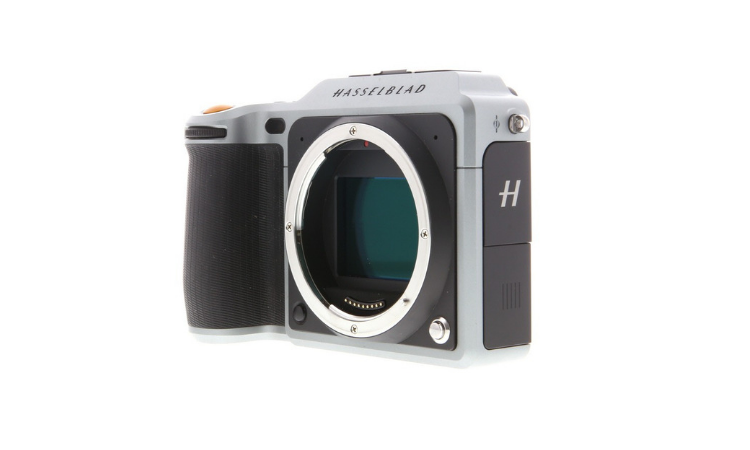
Recently, I had the chance to take the Hasselblad X1D for a week-long test drive. I’ll be straight
up and tell you that this is a camera I strongly covet, but will try to keep any bias out of this
review. It’s a lightweight and fun yet methodical medium format digital camera that can produce
breathtaking results. For this test period, I shot the camera with the Hasselblad 90mm f/3.2 XCD
lens, though have also used it with the Hasselblad 45mm f/3.5 XCD lens. This review is more
centered on the 90mm, but I will give thoughts on the 45mm.
HASSELBLAD X1D TECH SPECS
The version I tested this month was the silver (least expensive, relatively) edition. Hasselblad
also offers the X1D in a black edition which carries a heavy premium for the paint job, and a
4116 Edition which also comes in black with a matching 45mm f/3.5 lens.
The rear LCD touchscreen is large, and beautiful. I wish more manufactures took the time to
design such an intuitive and fluid menu system. It took almost no time to figure it out. I’ll detail
that below, but wanted to mention it as one of the technical milestones of this camera. The X1D
takes two SD cards on the left side of the body and writes to either one or both at the same
time. The top body dial recesses and clicks to pop-up and adjust. Once adjusted, you can sink it
back down so you don’t screw with your settings. The buttons are minimal, and to the point,
which I appreciate. There are a few quirks, which I will get into later, but first, onto the specs of
the X1D:
- Mount: Hasselblad XCD System
- Dimensions: 5.9 w x 3.9 h x 2.8 d in
- Weight: 25.6 oz / 725 g (body only)
- Sensor: 43.8 x 32.9 mm CMOS with IR filter / 4:3 aspect
- Total Pixels: Approx. 50 MP (8272 x 6200 pixels) / 16 bit
- Screen
- 3.0″ 920,000 dot touchscreen LCD
- 24-bit color
- Viewfinder
- 2.36M-dot (XGA) Electronic Viewfinder
- 100% coverage
- Eye sensor
- Light Meter: Spot, center-weighted, center spot
- Mode: Program, Aperture, Shutter, Manual
- Autofocus: Contrast Detection
- White Balance: Auto, Cloudy, Shade, Daylight, Tungsten, Fluorescent, Flash, Manual
- Exposure Compensation: +/- 2.0EV in 0.3EV steps
- SO Range: ISO 100-25600
- Shutter: 3600″-1/2000 s
- Flash Sync. Speed: 1/2000 sec.
- Image Types: JPEG, RAW+JPEG, 14-bit RAW, TIFF
The first thing I notice when holding this camera is design. It truly is as beautiful as you see in
photos and remarkably comfortable to hold in the hand. I usually associate medium format with
large and bulky bodies. But this body design is far from bulky and makes for a nice walk around
camera. Yes, the lenses are bigger than their 35mm counterparts but do not feel as big as you
think. Unlike the Sony A7R II, where my pinky “floats” below the body due to the small size of
the grip, the Hasselblad has a more substantial grip – being over an inch taller – allowing all four
of my fingers to firmly grasp the grip. It’s bigger in all dimensions than the Sony, but honestly
doesn’t feel that big. It rests very comfortable in my hand and hangs off my body strap without
much notice.

USING THE HASSELBLAD X1D
I really enjoyed shooting with the camera – keeping in mind its purpose in life. The X1D is not a
sport or action camera. It’s a methodical camera, great for casual street, architecture,
landscape, low light, portraits, products, and so forth. If you need to capture your images with
the old spray-and-pray formula, this isn’t your body. Getting the decisive snapshot or a toddler
darting around the yard could be hit or miss. The X1D needs to be treated more like its film
grandfather, the 500 series, in my humble opinion. Planning your shots, taking your time, and
pushing the shutter release only at the perfect moment. When I head out with this camera, I
think as if I will shoot five rolls of 12 exposure film for an entire day. But if you think of it this way, it’s a whole new challenge for a digital shooter.

POWER
Powering up the X1D is slower than your average modern camera. If you aren’t rushing to take
an image, it isn’t a big deal. I am just talking seconds of boot-up time; perhaps 6 +/- seconds to
power up from the off state. From what I read online there is a calibration it does at boot, and
this calibration takes time. I didn’t find this to be a pain – I would boot up the X1D when I arrived at my location and kept it on until complete, allowing it to go into standby when needed.
The camera quickly goes into standby mode to protect the battery while you walk around. I think
the default is set to 10 seconds (adjustable), but there’s delay when you half-press the shutter to
wake it back up: 2 +/- seconds before the EVF snaps back to life. Not great when used for
decisive moments and something to know of.
The battery life is known to be mediocre, but I think that depends on how you are using the
camera. If you aren’t shooting a ton of photos, the battery could last most of the day without a
problem. But remember, I shoot like I am using a medium format film camera. I carried a spare
with me at all times, but only had to pop it in once during one of my extended walks with the
camera. My average outing with it was 3 hours and the battery performed well over that period.

SHOOTING / BUFFERING THE X1D
The Hasselblad X1D is rated at a 1-2 frames per second. No, that’s not a typo. I think it’s closer
to the 1 fps side of the fence, but I only tried bursting on one occasion. While the camera is
writing to the buffer, the EVF shuts down and you get a short blackout. Just a couple seconds,
but it’s there and there’s not much you can do while it writes the file to the SD card(s). If you’re
rapid firing, the EVF is shut off after the first shot and you’re more or less hoping your framed
until the buffer catches up and the EVF powers back on. My take, don’t try to spray! It has that
“flaw” if you will, of lag seen in early digital cameras.
This is going to sound silly, but one of my favorite features (of all things to like) is the shutter
noise when taking an image. Some folks complain, others love it. I am in the love it camp. When
you release the shutter, there are 3 clicks 1) closing the f-stop, 2) opening the leaf shutter,
and 3) resetting the live view. It seems a little long and drawn out to many, but at the second
click, the exposure is complete and you don’t have to wait for the 3rd click to move the camera.

HASSELBLAD X1D VIEWFINDER AND LCD
Though slow to wake up, the viewfinder is gorgeous and bright. And is also home to my major
complaint about the camera. There is no live view histogram while shooting. The histograms are
only after the shot while reviewing the image. I shoot digital only using the histogram rather than the meter, so not having that available had me missing a few exposures the first go – popping some highlights and clipping some shadows. I adjusted to metered shooting and eventually did fine, but I really prefer seeing the live histogram while exposing. Hopefully, Hasselblad will listen to their users (it is a frequent request) in the forums and fix that. Other than that, the viewfinder is nice to look through and displays a good amount of useful information about your scene and settings.
The LCD (sadly, non-tilting) is the home to their unique and intuitive menu system, and perhaps
another top 5 thing about this camera. The touch screen is sensitive, but not active while looking
through the viewfinder. Switching ISO, shutter, ISO, and aperture through it is a dream. The
large-font menus roll up and down allowing you to quickly scroll to all your settings. The LCD is also dazzling and gives a great representation of the images in playback (here, you can overlay
a histogram to see if your exposure was right). The menu you system is pretty basic, but allows
you to take control of just about everything you need. I like that the featured menus are the ones
I use most: ISO, shutter, f-stop, and EV values.
 AUTOFOCUS VS MANUAL FOCUS
AUTOFOCUS VS MANUAL FOCUS
I tried the camera in both manual and autofocus modes. Autofocus is fairly quick, though not
matching the speeds of modern DSLRs. With the Hasselblad 3.2/90 and 3.5/45, I could focus
from near to far rapidly and accurately. In dimly lit scenes, it hunted a little bit before finding
focus. But in bright daylight, it had no issue. One of the gotchas as of this writing, is that you can only select one focal point of the 35 available. It didn’t seem like a smooth process to switch
points, but then again, I didn’t play much with them.
Manual focus is engaged by pressing the AF/MF button on top. The viewfinder now shows the
MF assist lines and can enable a MF assist digital zoom. I did a fair amount in both modes over
the week but leaned towards the MF by the end of the review. The focus peaking was bright and
easy use (and is also fully adjustable).
SAMPLES
Below is a mix of some straight from the camera and edited photos. All edits were completed
using Hasselblad’s Phocus software and was used to adjust exposure. I did not touch colors in
any of the samples given, aside from the one of my dog where the temperature was adjusted.
(The first one is from the 45mm, the rest from the 90mm)






